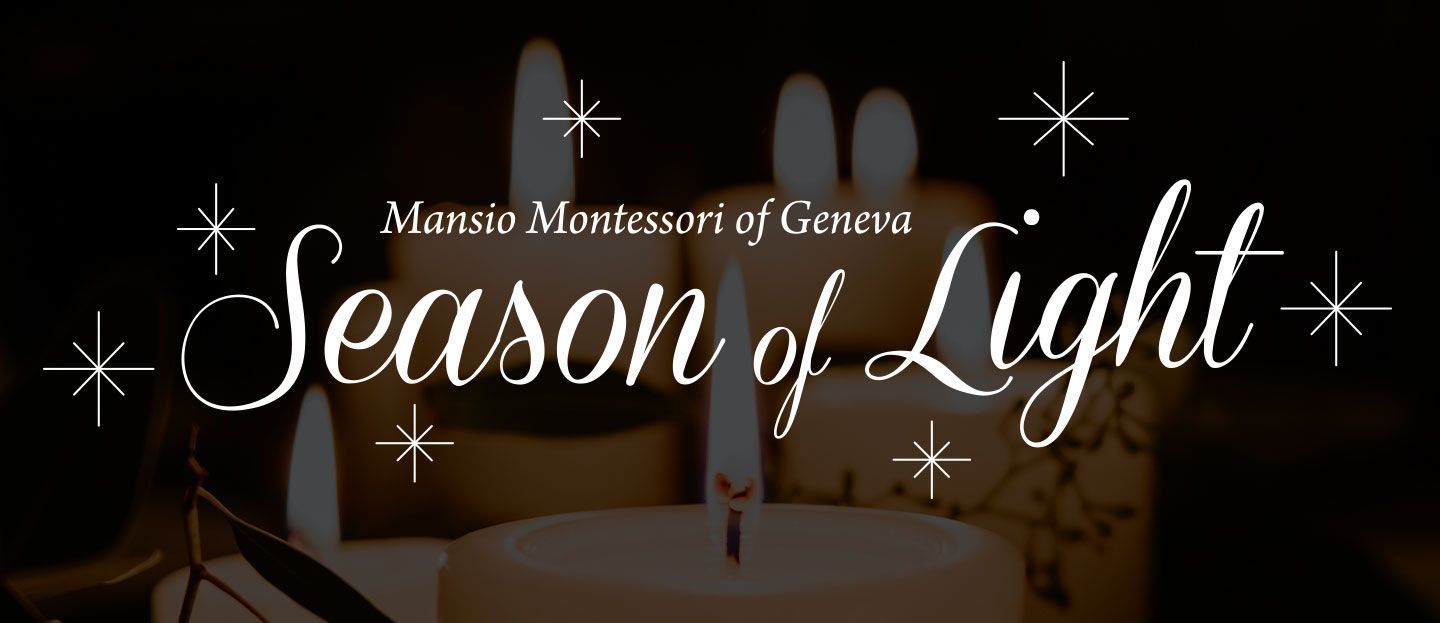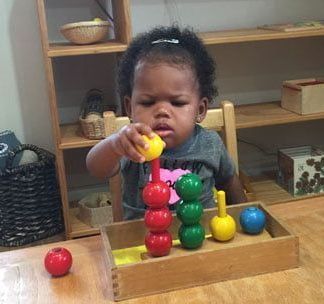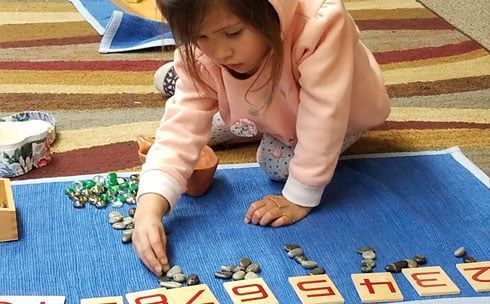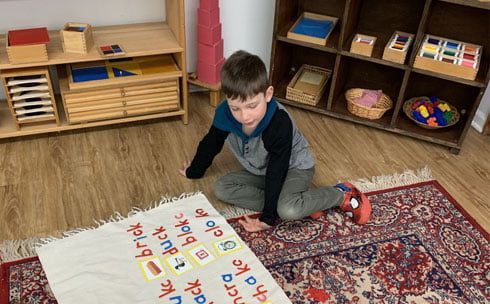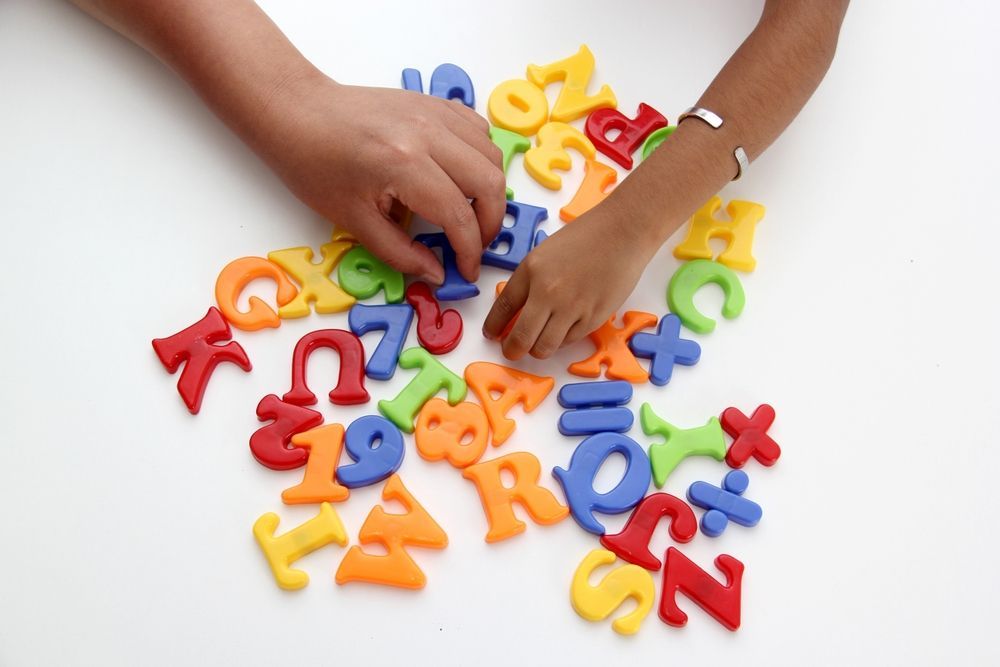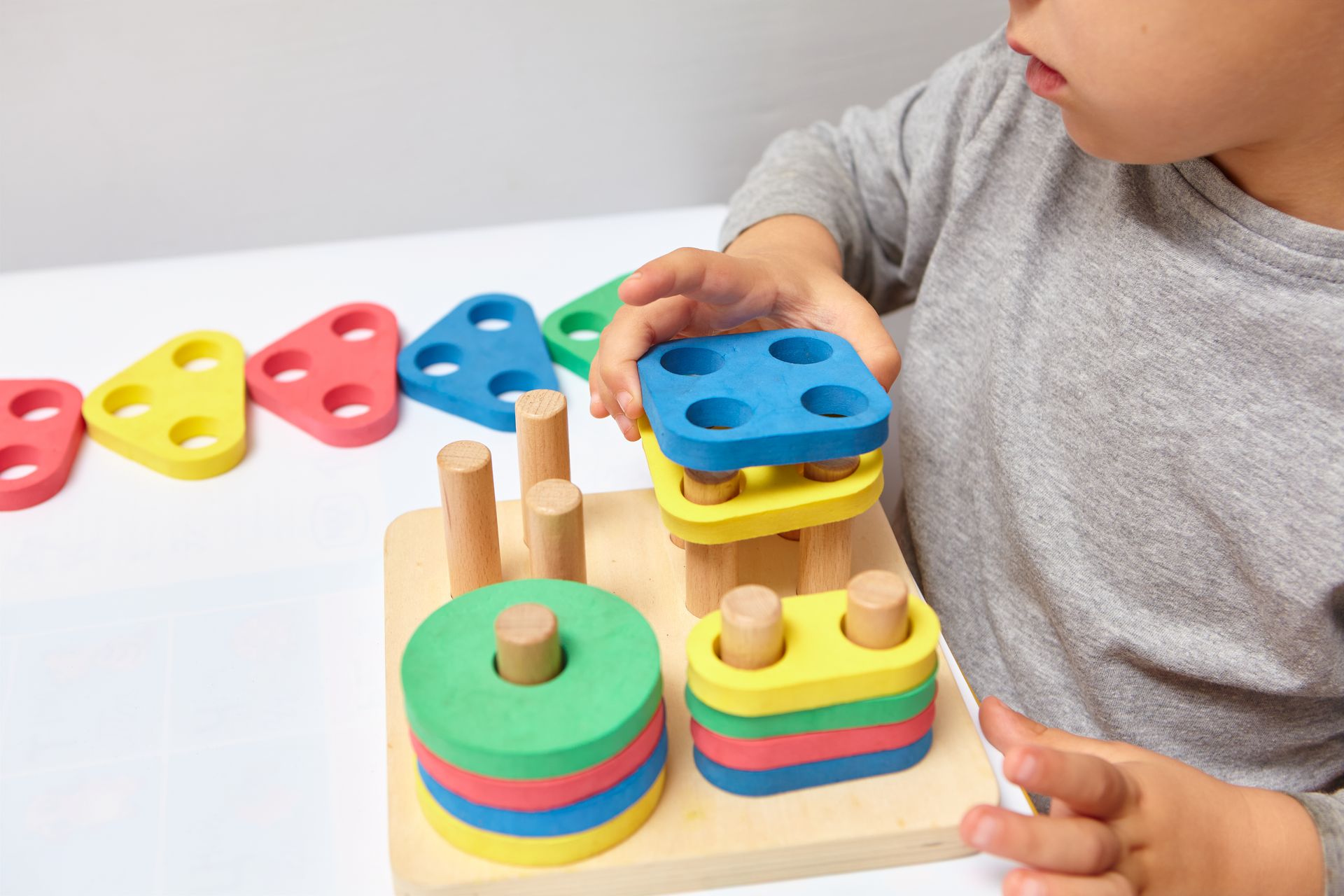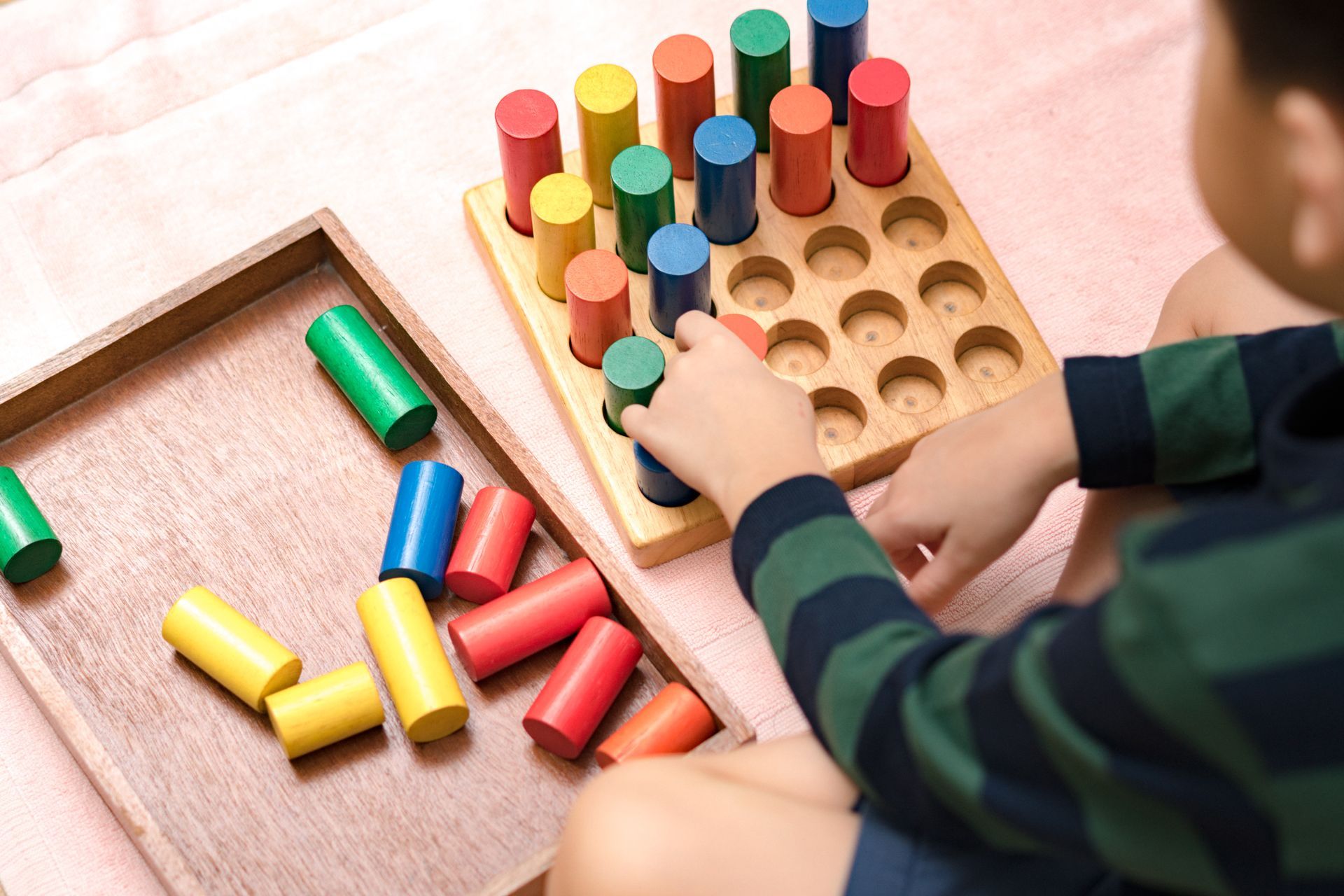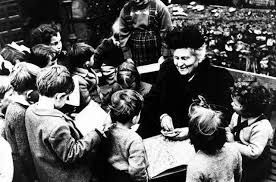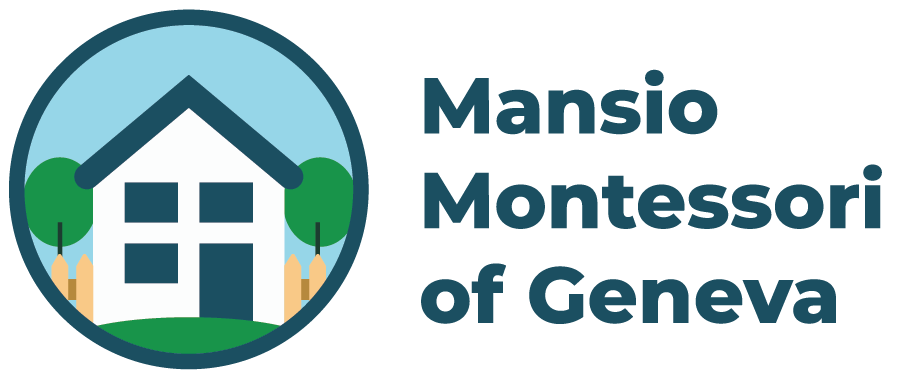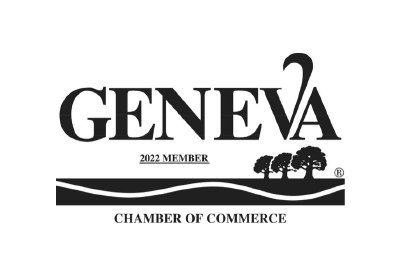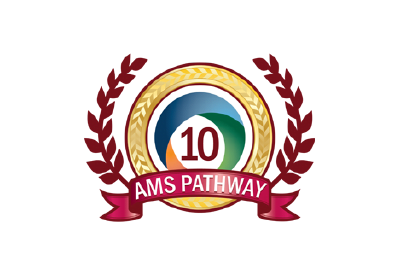Understanding Montessori Math: A Comprehensive Guide
Share this Article:
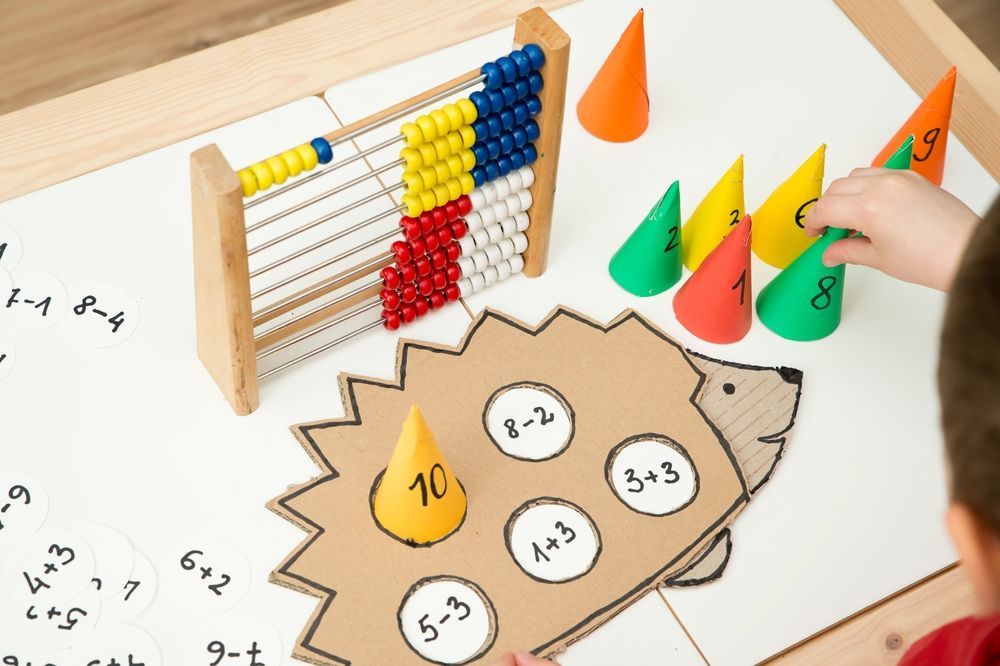
Montessori math can seem challenging, especially if you’re a parent who wants to support the Montessori learning method but is unsure what to expect. It is often best to provide children with some type of material to hold in their hands, a concrete example of what they are learning. Then, increase their learning through abstract concepts.
Understanding the Montessori Math Curriculum
The Montessori mathematics curriculum prepares students to learn all of the same topics they would learn in traditional education. That includes relationships between numbers, shapes, and patterns. Math in itself is an important practical subject to learn, with implications in various aspects of daily life.
To teach this type of valuable insight, children learn math as a foundational pillar that will, ultimately, help them explore other areas of academics over time.
Foundations of Numeration
To teach numeration and quantity, the Montessori method focuses on teaching how numbers represent units. For example, “1” represents a single unit. Children will memorize numerals in order, identify them randomly, and understand the concept of zero by engaging in various materials. That may include, for example, number rods, cards, and counters, and a spindle box to learn what zero means.
Exploring Decimalization and Mathematical Operations
Children will learn the decimal system utilizing the Golden Beads math materials, in which glass unit beads and ten bars are paired with “hundred squares” and cubes that represent thousands. This creates a method of learning decimals that is more hands-on. Children will learn to do this by naming each place value, comparing the number of units, and by using the 45-Layout, which sets up quantities for units in a range of 1 to 9, 10 to 90, 100 to 900, and 1000 to 9000.
Additionally, children learn mathematical operations at this time. That includes adding and subtracting, multiplying, and dividing. The Golden Beads method creates an effective way to teach children these types of skills without requiring them to memorize tables. Instead, they engage in hands-on learning.
Mastering Linear Counting
Children will also learn to master linear counting. This is a method that helps children improve their ability to count. It uses either a short bead stair with colored beds threaded into ten small metal rods with quantities that range from 1 to 10 to practice counting skills or the use of teens boards, in which two wooden boards with the numeral “10” on them printed five times on one board and four times on another board as foundational materials.

Memorization Techniques in Montessori Math
There are various topics children need to memorize or learn without having to compute the information. For example, the use of Golden Beads can help with each mathematical operation, as small beads, finger charts, and strip boards all help to support the memorization of facts.
However, before focusing on memorizing facts, children will first learn how to perform mathematical operations using manipulatives. This supports the abstract aspect of Montessori math learning.
Delving into Abstraction and Fractions
In Montessori mathematics, the initial steps in learning important facts are done through manipulatives or other materials held in the hand. Over time, those materials are let go of while the child can start to process concepts with the assistance of materials. This is called abstraction, and it indicates the child has mastered the skill (though they will continue to practice it and build from it).
Children begin to learn math at a young age, with Montessori toddler education offering a very limited foundation. Even in preschool education, children are engaging with mathematical concepts, and learning how to count and use numbers appropriately. As they move through their education, such as into kindergarten, they learn more complex topics through new exposure to concepts.
A core component of that is fractions. Children will learn the basics around first grade, starting with simple impressionist lessons that will discuss the definition of what a fraction is. For example, they may use a cutout of an apple that demonstrates the components of the fraction. Fraction insets are then used over time, often in the second grade, and, by the third grade, children are learning to both multiply and divide fractions without the use of materials.
Evaluating Montessori Math in the Classroom
Montessori math activities teach valuable subjects, and through those actions, assessment is built-in. That is, the assessment of a child’s abilities is not based on a separate demonstration of skill like a test, but instead is applied using the three-period lessons.
In this method, an adult will initially present the activity to the child. The next time, the adult helps the child to practice the activity. And, in the third lesson, the adult encourages the child to practice the activity on their own.
More so, mathematics is not a standalone topic or class. Instead, math concepts are integrated into various aspects of the primary classroom. That could include the exploration of patterns in nature or looking at counting as an application to real-life tasks.
Essential Montessori Math Materials for Hands-On Learning
Montessori math materials help children learn and explore important concepts using a variety of strategies. Some of the most commonly used materials include the following:
Cards and Counters
These are small items that are counted out and often matched to numerals on the card.
Bead Chains
Bead chains help teach counting and provide an impression of common multiples, which will help with fractions later.
Geometric Solids
These solids are 3D shapes that help to teach a child shapes.
Number Rods
These are wooden rods with the length marked on them that progress from the smallest rod to the longest, marked with colored sections from 1 to 10.
Spindle Box
The spindle box demonstrates what zero means by having a box that remains empty while the others are filled.
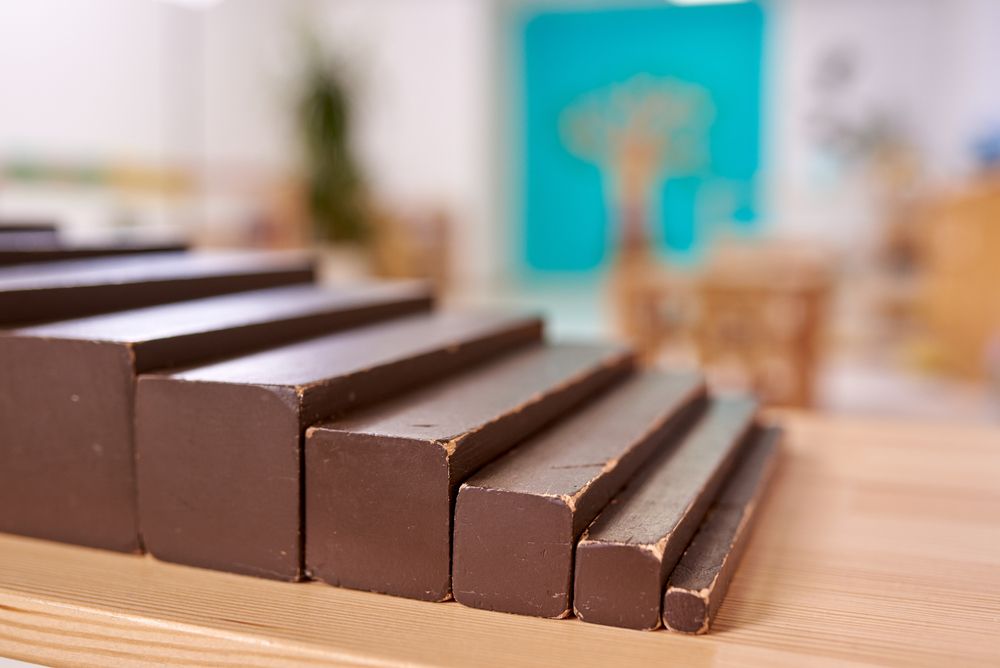
The 45-Layout
This layout is a set of numeral cards that are matched with quantities that are laid out in 1 to 9 units, then 10 to 90, and so on. The term refers to 45 unit beads, 45 ten bars, 45 hundred squares, and 45 thousand cubes used in the activity.
Montessori vs. Traditional Public School Math: What’s the Difference?
There is a significant difference between Montessori mathematics and traditional public school math. Specifically, Montessori math materials help to teach tactile skills as a foundation, and manipulation rather than memorization is used to teach those concepts. Children learn all essential skills in both types of learning but have a more individualized education plan to follow in Montessori math.
We Encourage Mathematical Growth for All Ages
Montessori math could be fun, and we encourage children to explore what interests them the most in this area at any age. Learn more
about Mansio Montessori of Geneva today and allow our team to provide you with more insight into how we teach these concepts.
Contact us now to learn more.
